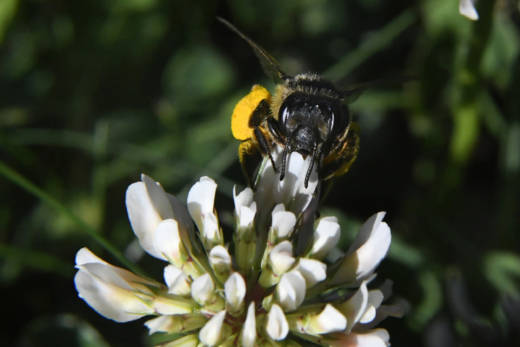Bees are having a much harder time finding food in the region known as America’s last honeybee refuge, a new federal study found.
The country’s hot spot for commercial beekeeping is the Northern Great Plains of the Dakotas and neighboring areas, where more 1 million colonies spend their summer feasting on pollen and nectar from nearby wildflowers and other plants.
But from 2006 to 2016, more than half the conservation land within a mile of bee colonies was converted into agriculture, usually row crops such as soybeans and corn, said the study’s lead author Clint Otto of the U.S. Geological Survey. Those crops hold no food for bees.
For more than a decade, bees and other pollinators in America have been dwindling in numbers because of a variety of problems, including poor nutrition, pesticides, parasites and disease. And outside experts said this study highlights another problem that affects the health of bees.
This area — which Otto called “America’s last honeybee refuge” — lost about 629 square miles (1,630 square kilometers) of prime bee habitat, according to the study published Monday in the Proceedings of the National Academy of Sciences.

